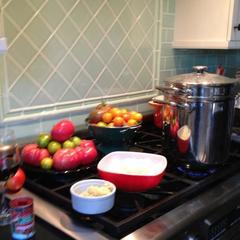-
Welcome to the eG Forums, a service of the eGullet Society for Culinary Arts & Letters. The Society is a 501(c)3 not-for-profit organization dedicated to the advancement of the culinary arts. These advertising-free forums are provided free of charge through donations from Society members. Anyone may read the forums, but to post you must create a free account.
Getting a whole pig, advice for butchering?
-
Similar Content
-
- 26 replies
- 21,156 views
-
- 2 replies
- 473 views
-
- 7 replies
- 1,494 views
-
- 18 replies
- 7,364 views
-
- 40 replies
- 13,862 views
-
-
Recently Browsing 0 members
- No registered users viewing this page.





Recommended Posts